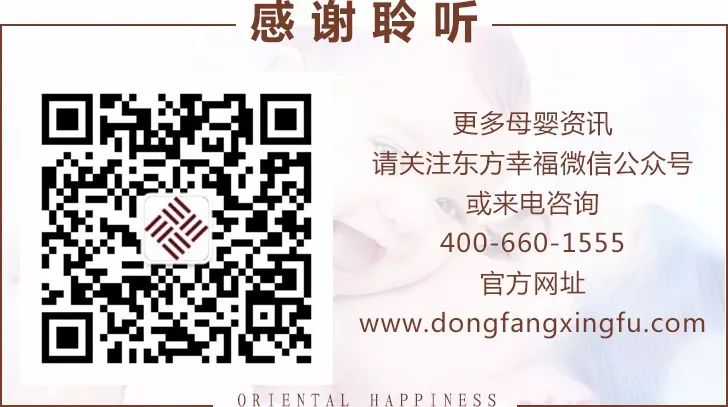
Click the green button above to listen
The Fifteen Luo Vessels
The system of the fifteen luo vessels: “Ling Shu: Mai Du” states: “The jing (meridians) are internal, while those that branch out and run horizontally are called luo; the branches of the luo are called sun.” This categorizes the vessels based on size and depth into “jing mai” (meridians), “luo mai” (collaterals), and “sun mai” (branches). The meridians serve as pathways for the flow of qi and blood, primarily consisting of the twelve primary meridians, which “internally connect to the organs and externally link to the limbs and joints,” creating a cohesive organic whole. The meridians are divided into: jing mai and luo mai. The jing mai are further divided into: twelve jing bie (branching meridians), twelve jing jin (muscle meridians), twelve pi bu (skin areas), twelve jing mai (primary meridians), and the eight extraordinary meridians. The luo mai are divided into: fifteen luo vessels, floating luo, and sun luo.
The distribution of the fifteen luo vessels follows a specific pattern. The branches of the twelve primary meridians’ luo vessels emerge from luo points, hence they are named after these luo points.
1. The luo vessel of the Hand Taiyin (Taiyin Hand) emerges from the Lieque (Lung 7) point, starting above the wrist joint, at half an inch behind the wrist, and runs towards the Hand Yangming (Yangming Hand) meridian; its branch parallels the Hand Taiyin meridian, entering the palm and dispersing in the thenar region.
2. The luo vessel of the Hand Yangming (Yangming Hand) emerges from the Pianli (Large Intestine 6) point, located three inches behind the wrist, running towards the Hand Taiyin meridian; its branch ascends along the arm, passing through the shoulder, rising to the angle of the jaw, spreading to the teeth, and its branch enters the ear, connecting with the zong mai (conception vessel).
3. The luo vessel of the Foot Yangming (Yangming Foot) emerges from the Fenglong (Stomach 40) point, located eight inches above the outer ankle, running towards the Foot Taiyin (Taiyin Foot) meridian; its branch follows the outer edge of the tibia, ascending to connect with the head and neck, and descending to link with the throat.
4. The luo vessel of the Foot Taiyin (Taiyin Foot) emerges from the Gongsun (Spleen 4) point, located one inch behind the first toe metatarsophalangeal joint, running towards the Foot Yangming meridian; its branch enters the abdominal cavity, connecting with the intestines and stomach.
5. The luo vessel of the Hand Shaoyin (Shaoyin Hand) emerges from the Tongli (Heart 5) point, located one inch behind the wrist, running towards the Hand Taiyang (Taiyang Hand) meridian; its branch, one and a half inches behind the wrist, diverges and ascends, entering the heart, connecting to the root of the tongue, and linking to the eyes.
6. The luo vessel of the Hand Taiyang (Taiyang Hand) emerges from the Zhizheng (Small Intestine 5) point, located five inches behind the wrist, injecting inward into the Hand Shaoyin meridian; its branch ascends through the elbow, networking at the shoulder.
7. The luo vessel of the Foot Taiyang (Taiyang Foot) emerges from the Feiyang (Bladder 58) point, located seven inches above the outer ankle, running towards the Foot Shaoyin (Shaoyin Foot) meridian.
8. The luo vessel of the Foot Shaoyin (Shaoyin Foot) emerges from the Dazhong (Kidney 4) point, wrapping around the heel from behind the inner ankle, running towards the Foot Taiyang meridian; its branch parallels the main meridian, ascending to the pericardium, and externally connecting to the lumbar spine.
9. The luo vessel of the Hand Jueyin (Jueyin Hand) emerges from the Neiguan (Pericardium 6) point, located two inches behind the wrist, superficially emerging between the two tendons, ascending along the main meridian, maintaining the pericardium, and connecting to the heart.
10. The luo vessel of the Hand Shaoyang (Shaoyang Hand) emerges from the Waiguan (San Jiao 5) point, located two inches behind the wrist, circling around the outer side of the arm, entering the chest, and connecting with the Hand Jueyin meridian.
11. The luo vessel of the Foot Shaoyang (Shaoyang Foot) emerges from the Guangming (Gallbladder 37) point, located five inches above the inner ankle, running towards the Foot Jueyin (Jueyin Foot) meridian, descending to connect with the dorsum of the foot.
12. The luo vessel of the Foot Jueyin (Jueyin Foot) emerges from the Ligou (Liver 5) point, located five inches above the inner ankle, running towards the Foot Shaoyang meridian; its branch passes through the tibia, ascending to the testicular area, and converging at the penis.
13. The luo vessel of the Ren Mai (Conception Vessel) emerges from the Jiutai (Jiuwei) point, descending from the xiphoid process, dispersing in the abdominal area.
14. The luo vessel of the Du Mai (Governing Vessel) emerges from the Changqiang (Du 1) point, flanking both sides of the spine, ascending to the nape, and dispersing on the head; the descending luo vessels begin at the scapular area, diverging to the left and right, entering the muscles beside the spine of the Foot Taiyang meridian.
15. The great luo of the Spleen emerges from the Dabao (Spleen 21) point, superficially emerging three inches below the Yuanye (Spleen 16) point, dispersing in the chest and lateral rib area.
Oriental Happiness Warm Reminder: Scientifically observing the postpartum period is the best choice for new mothers. A healthy mother leads to a happy baby and a harmonious family, which is the mission and responsibility of Oriental Happiness.


Background Music: “Cloud Water Zen Heart”

